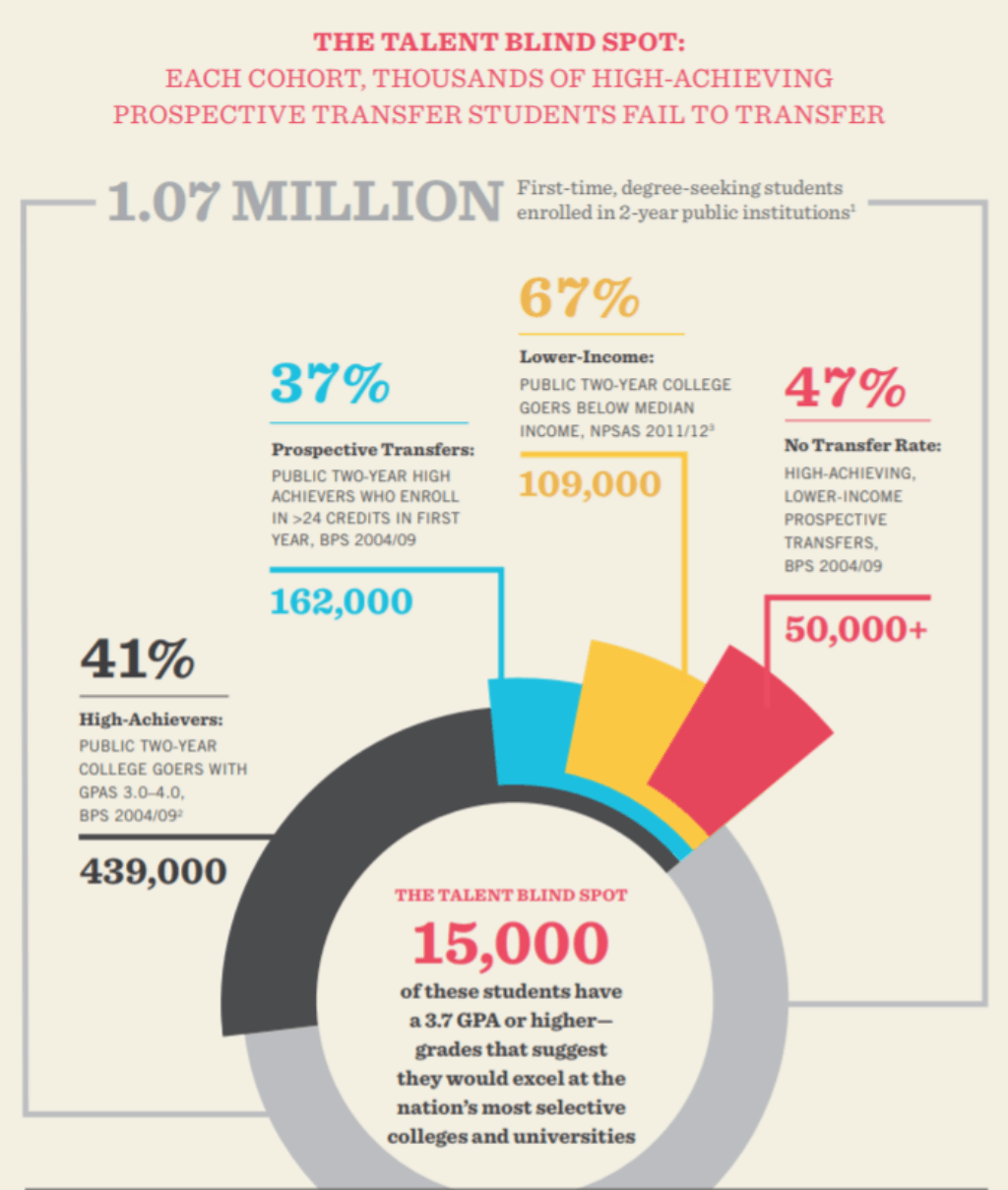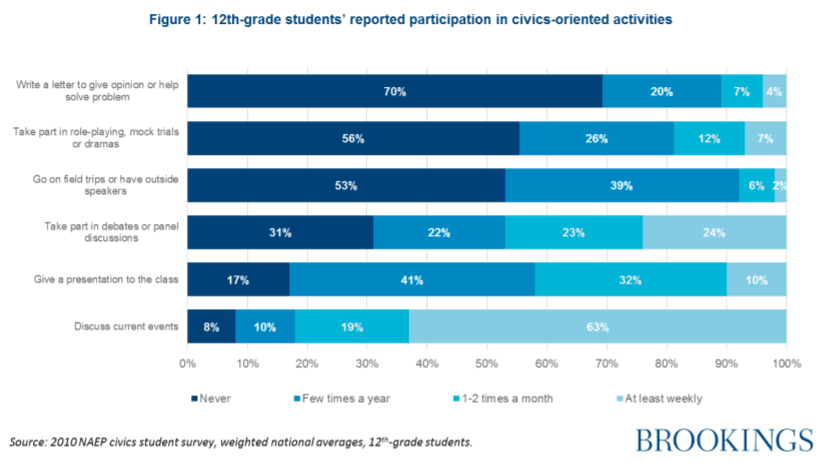Need to Know
The next myFutureNC listening session will be held at Cherokee Central School in Cherokee on July 12th. Learn more about the listening sessions here, and RSVP for the Cherokee session here.
Food for Thought
For the past three days, I attended the Education Commission of the States’ National Forum on Education Policy. The forum brings together policymakers, educators, academics, researchers, and many more to discuss everything from early childcare to higher education. You can find all the session resources here, but in particular, I’d recommend checking out the following presentations:
- Michelle Weise, Chief Innovation Officer at Strada Institute, on the future of work
- Dr. James Johnson, Professor of Strategy and Entrepreneurship and Director, Urban Investment Strategies Center at UNC Kenan-Flagler Business School, on six disruptive demographic trends (to download his presentation, go to the resources page and select Friday opening plenary)
To see more from the forum, follow me on Twitter @mosborne917 or search the hashtag #ECSNF18.
Dropping Knowledge
The Aspen Institute released a two-part report this week looking at what it calls “the talent blindspot,” or the high-achieving community college students who do not transfer to four-year institutions. The report states, “More than 50,000 high-achieving, low- and moderate-income community college students do not transfer to a four-year institution — 15,000 of these students have earned a 3.7 GPA or higher in community college.”
The second half of the report, “The Practical Guide to Increasing Community College Transfer to High Graduation Rate Institutions,” provides recommendations and highlights the C-STEP transfer program at UNC – Chapel Hill.

Brookings Institute also released their annual Brown Center Report on American Education this week. This year, the report focuses on civics and social studies education in the U.S. The first part of the report examines trends in NAEP scores and finds NAEP civics scores have increased slightly since about 2000 despite the fact that the emphasis on math and reading in No Child Left Behind meant many schools were spending less time on civics.
The second part is a 50-state inventory of civics education. The graph below shows how often 12th-grade students reported doing civics-oriented activities.

What we're reading
How Can We Make Technology Healthier for Humans?
How can we set better limits? How can we control our environments at work and at home, and the environments our children live in, in order to make them a bulwark against assaults on our freedoms, privacy, and sociability?... Read the rest-
Are There Good Jobs in the Gig Economy?
-
Fewer women, people of color worked at radio stations in 2017 than 2016, a new survey shows
-
For the Love of the Local Newspaper
-
North Carolina below national median wage for early childhood educators
-
Philanthropists Must Invest in an Ecology of Change
-
One County Thrives. The Next One Over Struggles. Economists Take Note.


